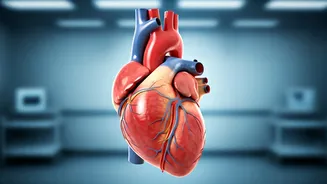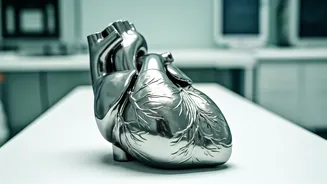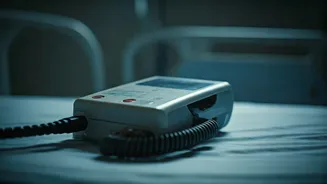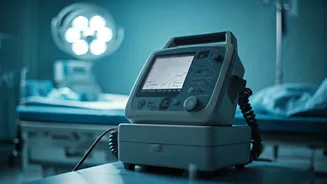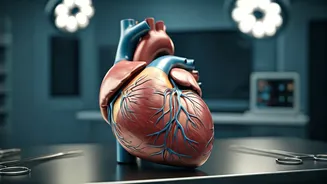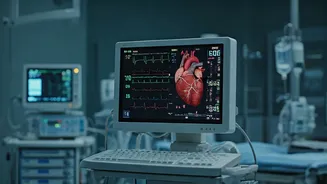Recognizing Heart Attack
Identifying the signs of a heart attack is the first critical step. Common indicators include chest discomfort, often described as pressure, squeezing,
or pain, which may radiate to the arms, jaw, neck, back, or stomach. Additional symptoms include shortness of breath, cold sweats, nausea, lightheadedness, or a feeling of impending doom. If you experience any of these, especially a combination, it is crucial to act immediately. The quicker the response, the better the chances of a positive outcome.
Call Emergency Services
The most important thing to do if you think you are having a heart attack is to call for emergency help immediately. Dial your local emergency number (like 911 in the US, or 108 in India) without delay. Do not try to drive yourself to the hospital; an ambulance can provide life-saving care on the way. Stay on the line with the dispatcher, and provide clear details about your location and symptoms. They will guide you and can potentially provide instructions before help arrives. Time is of the essence, so every second counts.
Stay Calm & Still
Panicking can worsen your condition, so remaining calm is vital. Sit or lie down in a comfortable position and try to avoid unnecessary movement. Deep, slow breaths can help you manage anxiety. Avoid any exertion that could strain your heart. Conserve energy while you wait for the paramedics or other emergency medical personnel to arrive. If you are near others, try to communicate your condition and ask them to assist if possible, while still focusing on staying as still as possible.
Aspirin: If Available
If you have aspirin available, and are not allergic to it, and have been advised by a doctor, chew and swallow one adult aspirin tablet (325 mg) or four baby aspirin tablets (81 mg each). Aspirin can help prevent further blood clotting and potentially reduce heart damage. Avoid aspirin if you have bleeding disorders, are taking blood thinners, or if you have already taken it without consulting a physician. Do not attempt to take medication if you're unconscious or unable to swallow without assistance.
CPR: If Needed
If you lose consciousness and stop breathing, immediately begin Cardiopulmonary Resuscitation (CPR). CPR helps maintain blood flow to the brain and other vital organs until medical help arrives. Start by placing the heel of your hand on the center of your chest, between the nipples, and the other hand on top. Push down firmly and quickly, about 2 inches deep, at a rate of 100-120 compressions per minute. Continue chest compressions until emergency medical services arrive and take over or until you regain consciousness and start breathing on your own. Do not stop compressions unless there is an extremely valid reason.
After Medical Help
Once medical professionals arrive, they will assess your condition and provide appropriate medical interventions. This might involve administering medications, performing tests, or transporting you to a hospital for further treatment. Follow their instructions carefully. After the immediate crisis is over, discuss a long-term health plan with your doctor. This may include lifestyle adjustments, medication, and regular check-ups to prevent future heart problems. Cardiac rehabilitation can be beneficial in improving your heart health and overall quality of life.
